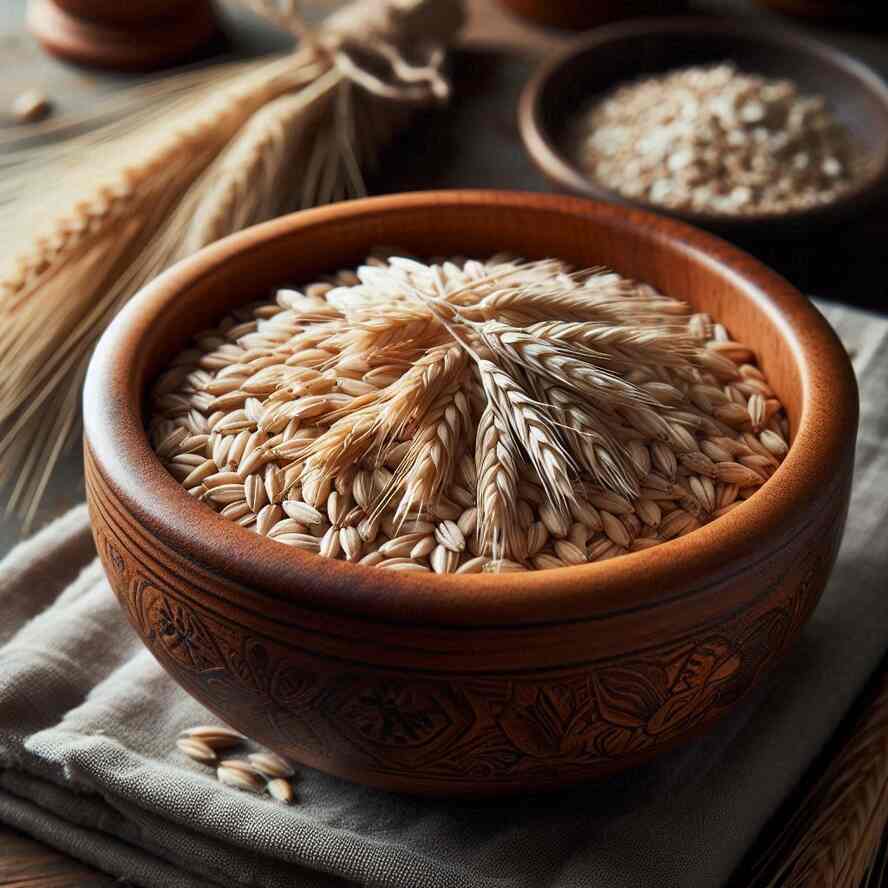Features of Barley:
1. Appearance: Barley grains are small, round, and pale golden or tan in color. They have a slightly chewy texture when cooked, adding heartiness to dishes like soups, stews, and salads.
2. Preservation: Barley should be stored in an airtight container in a cool, dry place. Hulled barley has a longer shelf life due to the intact bran layer, while pearled barley, which has been polished, should be used within a few months for optimal freshness.
3. Nutritional Content: Barley is rich in fiber, especially beta-glucan, which supports heart health. It also contains protein, B vitamins, iron, magnesium, and antioxidants, making it a nutritious addition to meals.
4. Cooking Benefits: Barley cooks easily and can be used in a variety of dishes, from hearty soups to grain salads. Its chewy texture and nutty flavor make it a versatile grain that absorbs the flavors of the ingredients it is paired with.
5. Health Benefits: Barley is known for its high fiber content, which aids digestion and helps maintain healthy cholesterol levels. It supports heart health, manages blood sugar levels, and provides long-lasting energy.
| Packaging Available | ||||
|---|---|---|---|---|
| 500 gms | 1 kg | 5 kg | 10 kg | 25 kg |
Description
Barley is a versatile grain with a nutty flavor and chewy texture, commonly used in soups, stews, and salads. It is a rich source of dietary fiber, particularly beta-glucan, which supports heart health and digestion. Barley also provides essential nutrients such as B vitamins, iron, magnesium, and selenium. Available in various forms, including pearl barley, hulled barley, and barley flour, it can be used in baking, brewing, and as a substitute for rice or pasta. Its high fiber content aids in blood sugar control and weight management, making it a nutritious and hearty addition to any diet.










